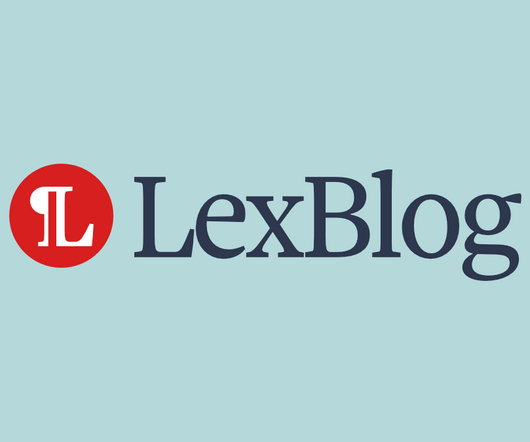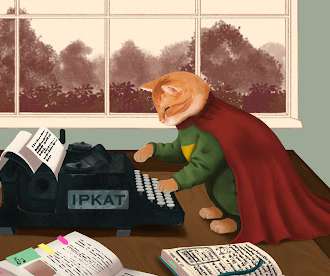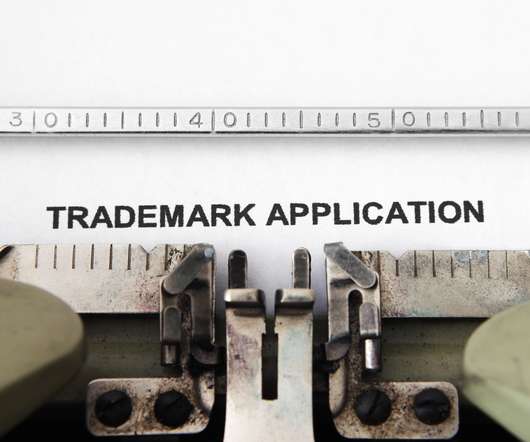Functional Medical Device Demonstrated at Trade Show Trigged On Sale Bar of pre-AIA 102(b)
LexBlog IP
FEBRUARY 21, 2023
9,186,208 on surgical devices for a procedure called endometrial ablation were anticipated under the public use bar of pre-AIA 35 U.S.C. § Minerva did not disclose the devices under any confidentiality obligations, despite the commercial nature of the event. § 102(b).
















Let's personalize your content